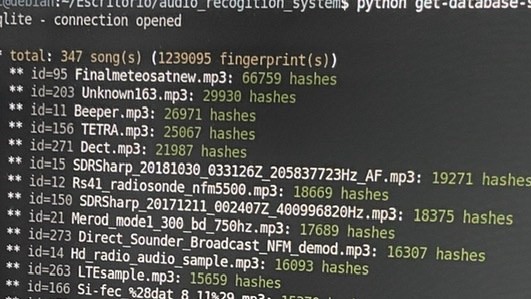If you aren’t old enough to remember, the title of this post refers to an old game show where contestants would try to name a tune using the fewest possible notes. What can we say? Entertainment options were sparse before the Internet. However, using audio fingerprinting, computers are very good at pulling this off. The real problem is having a substantial library of fingerprints to compare with. You can probably already do this with your phone, and now you can do it with your Linux computer.
In all fairness, your computer isn’t doing the actual work. In fact, SongRec — the program in question — is just a client for Shazam, a service that can identify many songs. While this is mildly interesting if you use a Linux desktop, we could also see using the same technique with a Raspberry Pi to get some interesting projects. For example, imagine identifying a song playing and adjusting mood lighting to match. A robot that could display song information could be the hit of a nerdy party.












